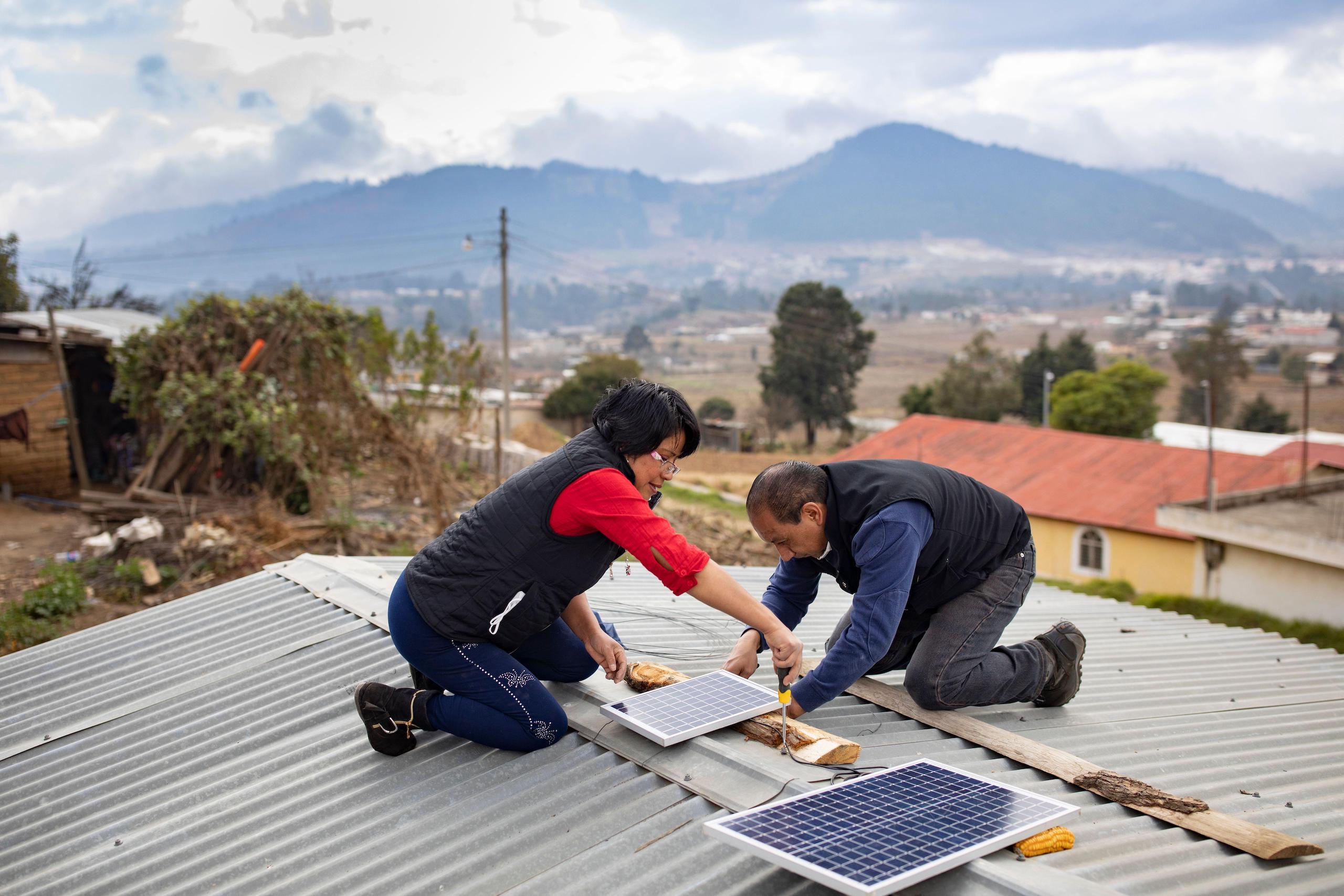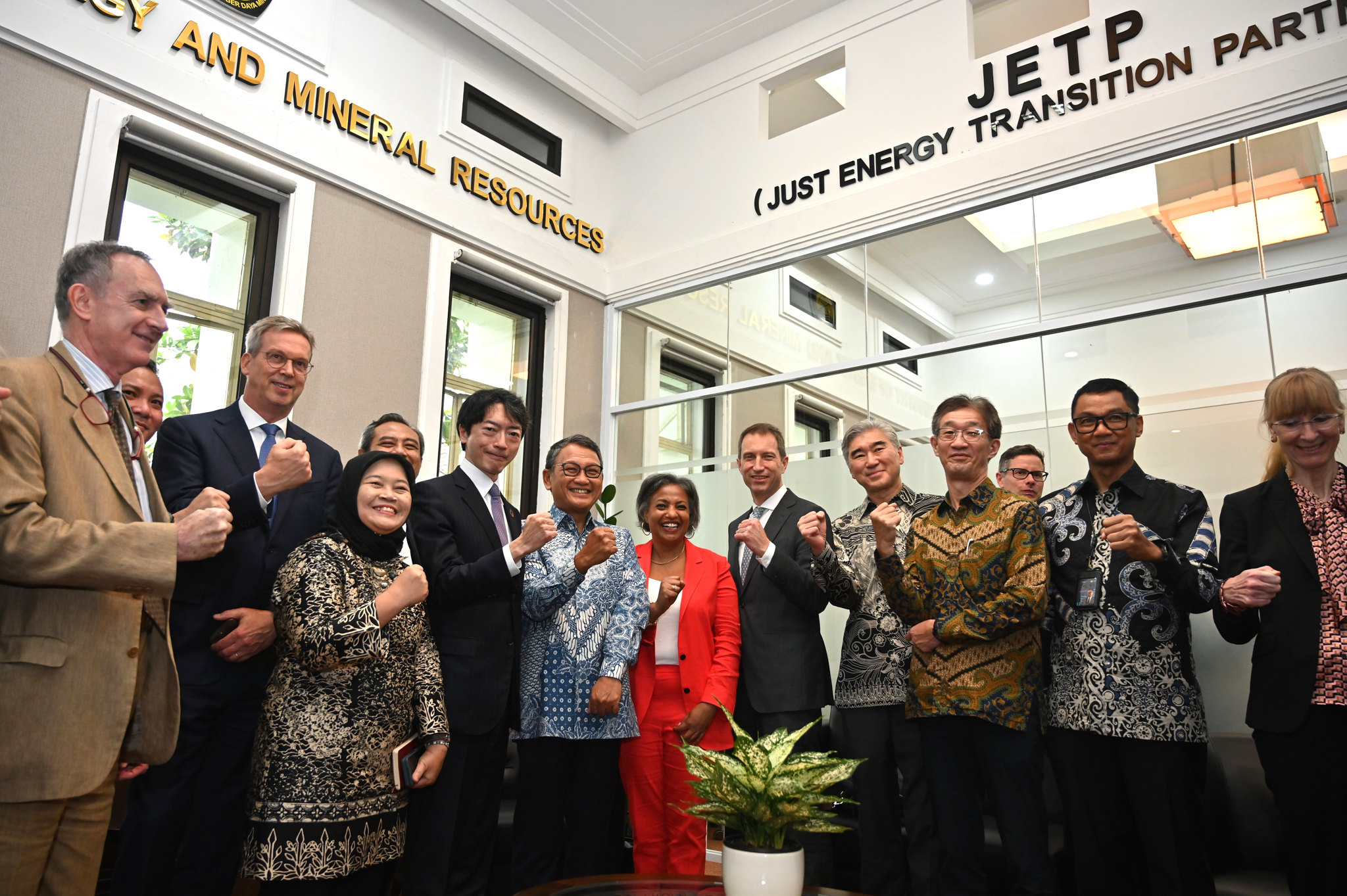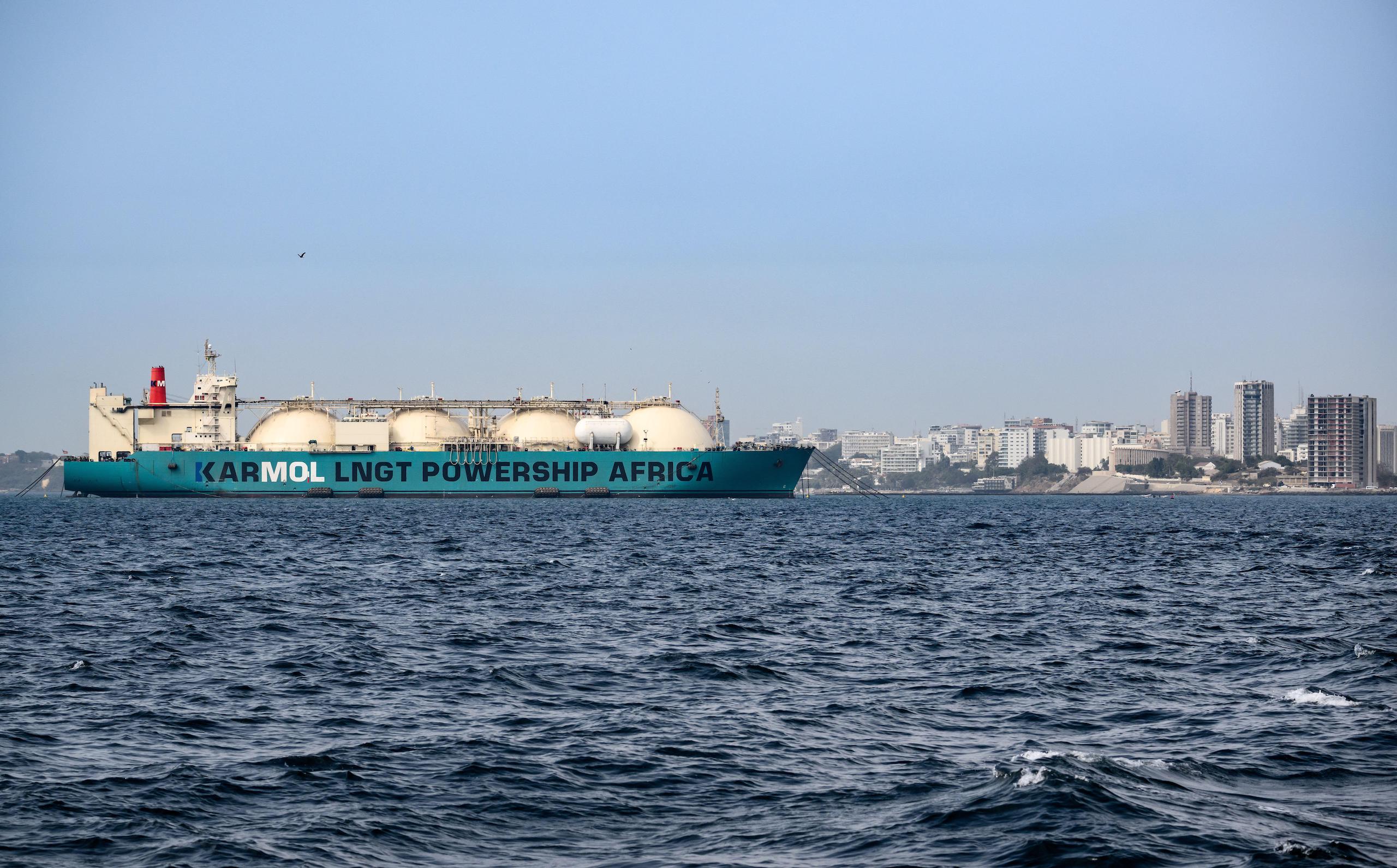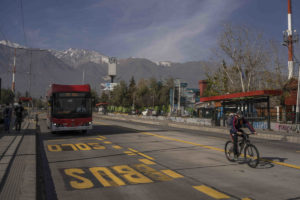In the two years since the first Just Energy Transition Partnership (JETP) was announced, more than US$45 billion has already been committed by the world’s major powers to help finance the energy transition in four countries: South Africa, Indonesia, Vietnam and Senegal.
Originally created by the G7 forum of major economies – outside of UN climate negotiations – JETPs were born as a broad financing package to accelerate the decarbonisation of the energy sector in countries highly dependent on fossil fuels, particularly coal.
JETPs seek to provide support, tools and access to international funding in order to accelerate the energy transition. They also aim to increase the ambition of the partner countries’ nationally determined contributions (NDCs) to the Paris Agreement on climate change for 2030, and reaffirm their commitments to be carbon neutral by 2050.
Each of the four agreements signed so far has its particularities and challenges. For Indonesia, for example, it involves achieving carbon neutrality by 2050 – a decade earlier than planned in its NDC – and retiring a relatively young coal fleet (with an average age of 12 years), while advancing renewables. South Africa, on the other hand, has older coal plants that are highly concentrated in Mpumalanga province, an area in which coal mines and power plants are central to employment.
Could JETPs be a viable option for Latin America? That is the question, and it is in the lessons from implementation in Asia and Africa that, perhaps, an answer can begin to be sketched out.
The justice component
The JETPs were launched at a time of uncertainty, with low- and middle-income countries receiving only one-fifth of global energy investment and often facing challenges in expanding energy access for their populations, without having the financing to meet the costs of transitioning to renewables.
However, the transition does not only involve moving from polluting and climate-changing sources of energy generation to clean ones. As a study by the Center for Global Development (CGD) indicates, countries must balance transitions that are cost-effective, rapid, wide-ranging and incorporate a just transition perspective – that is, a justice component. This is something that JETPs, as their name implies, seek.
“What worries me is that they focus quite a lot on the supply side and only look at the energy sector, when what you need are really integrated solutions. At least South Africa, Indonesia and Vietnam, with their JETPs the key objective is to phase out coal,” says Annika Seiler, author of the CGD analysis.
For Seiler, who is also an advisor to the Asian Development Bank, countries cannot neglect the necessary adaptation of their energy policies – such as tariff setting, carbon pricing and effective sectoral governance – that will lead to what the energy transition is ultimately about: a long-term transformation of their economies.
Innovative source of resources?
In terms of financing, JETPs are an innovative source of resource mobilisation, combining public and private money and involving multilateral banks. According to analysis by the International Institute for Sustainable Development (IISD), this type of mechanism may eventually accelerate decisions taken at UN climate negotiations, where fossil fuel-dependent countries can veto any agreement.
South Africa was the first of the four countries benefiting from the JETP to present the investment plan necessary for its implementation. According to the plan, the African nation actually falls short. It reportedly requires US$98 billion to finance its energy transition – almost 10 times more than initially announced.
This difference also reflects the nature of the agreements: launched with a political declaration by donor countries, they must be translated into realistic and concrete plans by the recipients. This presented problems in Indonesia: a recent Bloomberg report described the complexity of defining its investment plan. The plan was published just before the ongoing COP28 climate summit in Dubai, and detailed how $20 billion in transition funding would be disbursed.
The Southeast Asian country, currently the world’s fifth-largest emitter of greenhouse gases, plans to add 13 gigawatts of coal-fired power generation. Its JETP states that it will only stop building new thermal power plants in 2030 – something the International Energy Agency says it should do by 2024 to keep in line with the global commitment to limit global warming to 1.5C above pre-industrial levels.
In this regard, independent analysis shows that if Indonesia uses JETP funds to close around half of its existing coal-fired power plants early, it would not only save money and reduce its emissions, but could also maintain a reliable supply of electricity.
Vietnam has also now launched its investment plan, the $15.8 billion Resource Mobilisation Plan, unveiled during the world leaders’ summit at COP28. Senegal will reportedly deliver its plan by mid-2024.
The fine print
One of the most critical points of these partnerships has to do with the precise detail of the billions of dollars pledged. In the case of South Africa, for example, only 3% are direct grants – the rest is mostly debt. The United States, which leads the agreement with Indonesia, is also its main creditor.
For India, the debt-ridden nature of the JETP, coupled with its own refusal to commit to moving away from coal, were among the reasons the country rejected its own proposed JETP. Santosh Agarwal, of India’s coal ministry, said: “The transition away from coal will not happen in the near future.”
Senegal was the last country to agree to its JETP, in mid-2023, although with particular differences from the others. It is not highly coal-dependent or a major emitter of greenhouse gases, as the other three countries are; its carbon footprint is also relatively low and it has huge energy-access needs among its population.
On the other hand, its authorities have made no secret of their intentions to use the alliance to expand their use of gas. Although “cleaner” than coal, gas is also a fossil fuel and its burning contributes heavily to climate change.
It is important to note, in this regard, that the agreement – led by France and the European Union on the contributing side – came amid Europe’s interest in diversifying its gas supplies in the wake of Russia’s invasion of Ukraine.
What might JETPs mean for Latin America?
In May, the G7 announced its Clean Energy Economy Action Plan, setting out priorities and commitments to financially support middle-income countries in achieving carbon neutrality.
The group had already expressed its intention to work on this path with the G20 countries, including Argentina, Mexico and Brazil. In a 2022 communiqué, the G7 included among its priorities JETPs with Indonesia, India, Senegal and Vietnam, and also stressed “a commitment to work with Argentina to achieve carbon neutrality by 2050”.
For Leonardo Beltrán, Mexico’s former undersecretary of energy, this type of mechanism can be useful for Latin America. “Mexico is the second-largest economy in the region; it has trade agreements with all regions, its economy is complex, [and] it has access to capital markets,” he says. “But despite this, its carbon footprint is significant. If the country, with all these advantages, cannot show progress in line with the Paris Agreement, this type of mechanism could achieve it.”
However, the country should not accept conditions that are not appropriate, he warns. Rather, there should be dialogue and common ground found between Latin American nations and the G7. Beltrán points to the region’s large installed capacity of clean energy, with renewables already covering 60% of electricity generation. “If it wants to show progress quickly and at low cost, [Mexico] could show progress and be an example of leadership in a mechanism like this,” he said.
For climate policy consultant Enrique Maurtua Konstantinidis, JETPs “have to be plans that can be realised – not just promises, and they have to have the right political and institutional backing within the country and a connection to stakeholders, trade unions, civil society, communities and industry.
“Latin American countries can benefit because they have very good conditions, but, unfortunately, none of them have ventured to propose it,” he adds. “Countries like Colombia could benefit a lot. But you have to be careful with the debt conditions. That’s the most difficult thing.”
Seiler stresses that a positive of the JETPs are its efforts on capacity building: “It’s not just about funding, but also about partnership in terms of knowledge and capacity. The number of studies in South Africa and Indonesia have really highlighted the problems of the energy transition, and I think a lot of countries could do with this kind of help.”
Ultimately, the energy transition is a global challenge, and the answer to financing will not come solely through this type of mechanism.
Gabriel Blanco, an academic at the National University of Central Buenos Aires engineering school, and a co-author for the Intergovernmental Panel on Climate Change (IPCC) assessment reports, led a study that estimated the costs of the 2050 energy transition in Argentina under both a “business-as-usual” scenario and a zero-emissions transition scenario. Considering energy and infrastructure costs, the results show that the second alternative has a lower cumulative cost, and that it can be achieved by redirecting resources, such as the country’s fossil fuel subsidies, without the need for “new” money.
“The cost of the scenario based on demand-side electrification and supply-side renewables is 21% lower than the cost of the baseline scenario [US$508 billion],” notes the study, which also highlights that the transition would create 120,000 more jobs than the baseline scenario by 2050. Thus, it described how transitioning to a cleaner energy mix could help Argentina to not only meet its climate commitments, but also save money and create employment.
“What we saw is that there is an initial cost to transform the system, but the costs eventually stabilise and remain below the baseline scenario,” Blanco concludes.
This article was published as part of Comunidad Planeta, a project led by Periodistas por el Planeta (PxP) in Latin America, of which Diálogo Chino is a partner.










